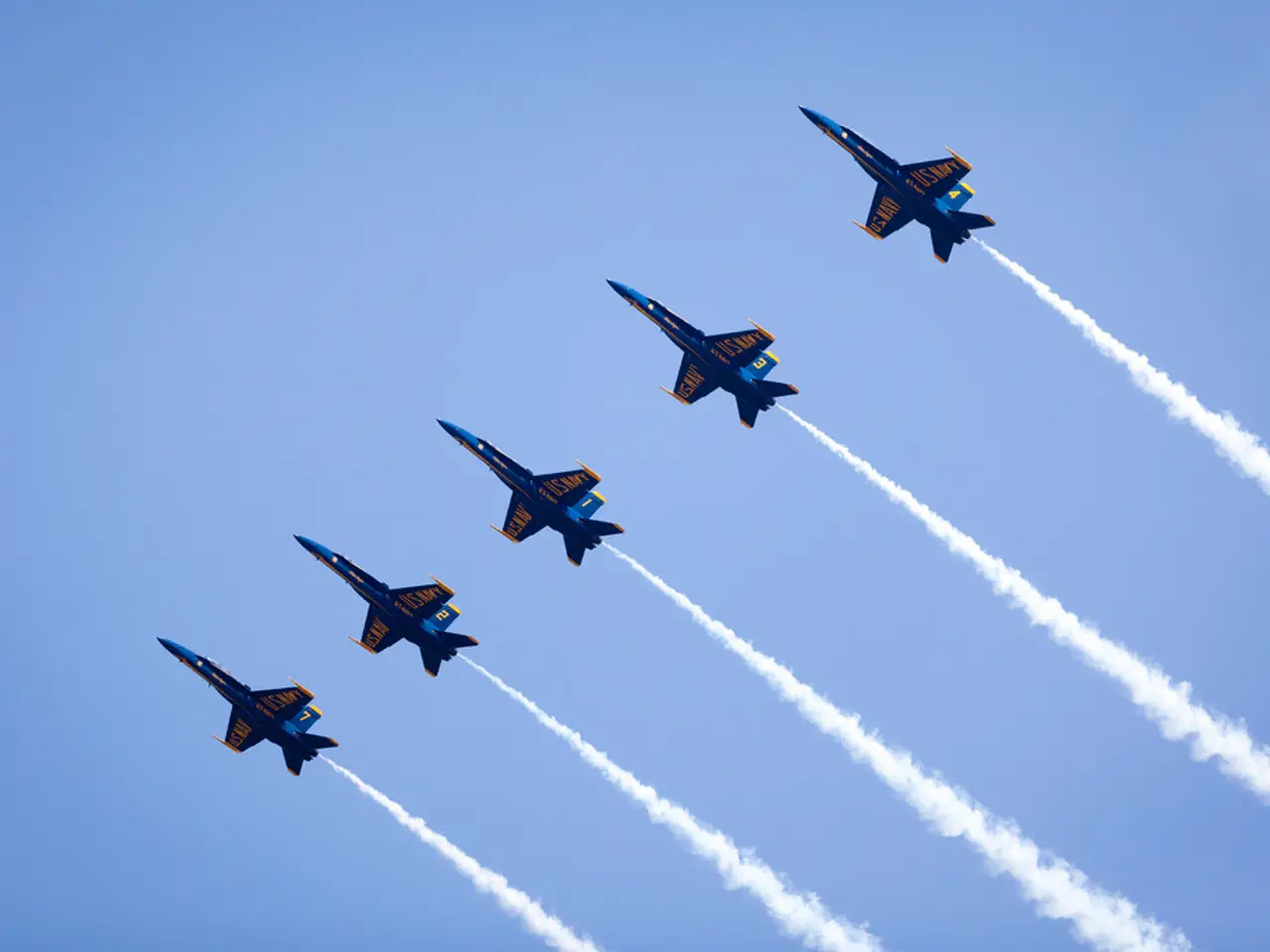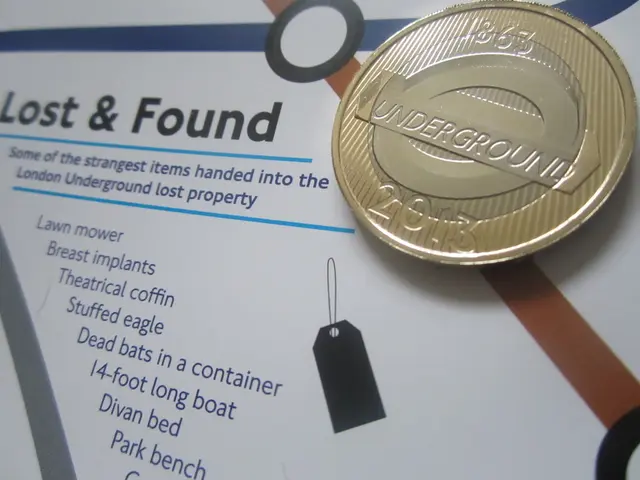Air travel in the United States appears to have escaped President Trump's budget trimming measures.
The United States Department of Transportation is set to receive a significant boost in its budget for 2026, according to the current draft budget. The department, which oversees the nation's air travel, roadways, and public transportation, is one of only four US cabinet agencies expected to have a slightly increased budget next year.
The proposed budget increases the department's budget by six percent, totaling approximately $26.7 billion in base funding. This increase will primarily benefit the national air traffic control system, with a focus on modernization and upgrades.
The budget includes an increase of $824 million for the establishment and modernization of the National Airspace System (NAS) and the Federal Aviation Administration's (FAA) radar systems. A multi-year, billion-dollar radar replacement program will receive a $450 million down payment in the proposed budget. The funds will also be used to modernize the FAA's outdated telecommunications systems.
The FAA operating costs are proposed to increase by $359 million, or approximately three percent, to $13.8 billion in 2026. This increase will be used to hire more air traffic controllers, increase their salaries, and address the air traffic controller shortage.
Meanwhile, the budget for the Department of Defense aviation for 2026 includes notable allocations for Israel's Air Force for new tanker aircraft financed by U.S. military aid, as well as for companies like AeroVironment that develop unmanned aerial and ground systems for the U.S. military and allies. There is also significant investment in critical mineral projects essential for defense, such as the Perpetua Resources' antimony project in Idaho, which could receive full financing approval in spring 2026.
However, not all parts of the transportation sector will see an increase in funding. The Essential Air Service (EAS), a subsidy program that connects smaller and remote regions to the US air transportation network, is set to lose $308 million, or about 75 percent of its current budget, in 2026. Without the EAS, certain cities and communities in the US would no longer be served by regular daily scheduled flights, as it would not be profitable for airlines.
Elon Musk, as the special advisor to US President Donald Trump and head of the Government Efficiency Office (DOGE), has been a driving force behind cost-cutting measures in the US government. However, recent reports suggest that Musk's days at the helm of the cost-cutters may be numbered. Hundreds of thousands of jobs have been lost, and around $160 billion has been saved since January, according to the DOGE.
In the realm of aviation journalism, Astrid Roben, an editor at a magazine, primarily handles coverage of airlines, airports, and travel stories, and has published several books on aviation and travel. Her expertise and insights provide valuable perspectives on the changes and developments in the aviation industry.
As the budget discussions continue, it is clear that the focus is on modernization, efficiency, and maintaining the integrity of the nation's air travel system. The increased budget for the Department of Transportation is a testament to the importance of these objectives in the broader context of the US economy and infrastructure.
Read also:
- Tesla is reportedly staying away from the solid-state battery trend, as suggested by indications from CATL and Panasonic.
- Lieutenant Governor Kounalakis joins SoCalGas in unveiling the novel H2 Hydrogen Innovation Experience, a one-of-a-kind demonstration.
- Review of the 2025 Lamborghini Revuelto: Blazing Beasts on Wheels
- Tech giant Apple debuts sports app integrating betting odds provided by DraftKings






